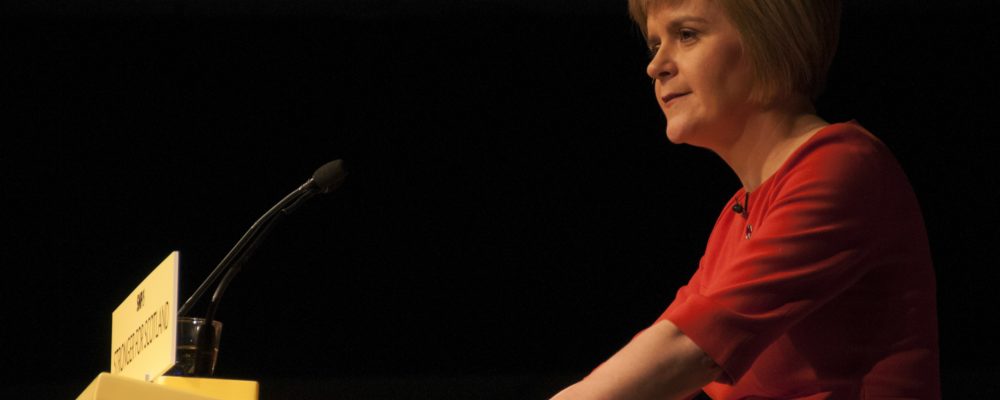Scotland’s First Minister and Scottish National Party (SNP) leader Nicola Sturgeon has bet the house – and surely her career – on a second attempt at a referendum for Scottish independence.
The stakes have never been higher: with one eye trained on the economic cliff edge that Brexit may present once the two-year Article 50 process winds down, Sturgeon has tabled late 2019 for the new vote: a time when any potential ill consequences of the UK’s negotiations with Europe may become apparent to the people of Scotland. But of course, that might not turn out to be the case at all.
Can Sturgeon regenerate excitement around an issue that many in her nation feel was settled in the original referendum of 2014? A petition against a second go – published by irate Scots – has already garnered more than 200,000 signatures. Most crucially, can Sturgeon rely on support for independence from the majority of Scots who favoured Remain in the EU vote? It could be a tactical error to assume that there will be an automatic overlap between independence supporters and Remainers.
UK Prime Minister Theresa May has rebuffed Sturgeon’s request – largely because she has plenty of dice to roll herself on the Brexit front, and is also calculating that a resurgent Conservative presence in Scotland illustrates a limited appetite for a sequel to the independence vote. But there are big What Ifs on each side. Leaders are often forced into spots where they must make dramatic decisions with limited information. So when is it right to gamble?
For Kate Cooper, head of research, policy and standards at The Institute of Leadership & Management, the media focus on individual personalities provides a generally misleading impression of how management works. “On one level,” she says, “Sturgeon is being authentic – she’s passionate about Scottish independence and her honesty on that subject has found support among Scots. But the question is: are these just her views? It is likely that she has a pretty big team behind her. So is she listening to what they are saying and presenting a collaborative view? And is this a risk that the team behind her thinks is worth taking, or has she become disengaged from her team?
“That position – where the leader begins to think that they’re automatically right, stops working collaboratively and stops listening – is often identified as hubris. And ultimately, that’s not a tenable position, because she can’t carry a vision for a whole nation on her own. That has to be a shared decision.”
Cooper adds: “Yes, she’s taking a gamble – but it’s mostly with her political career. I don’t believe that an individual can carry a cause with such high stakes purely by force of their individual personality. And I think the fact that we’re even thinking that she can provides a commentary on how we understand leadership. We tend to think of it as vested in a particular person – but in reality it’s the end result of countless complex interactions and conversations that help leaders to arrive at their stated positions.”
To find out more from the Institute on how to build collaborative teams, check out this learning item
Image of Nicola Sturgeon courtesy of AtlasPhotoArchive, via Shutterstock

